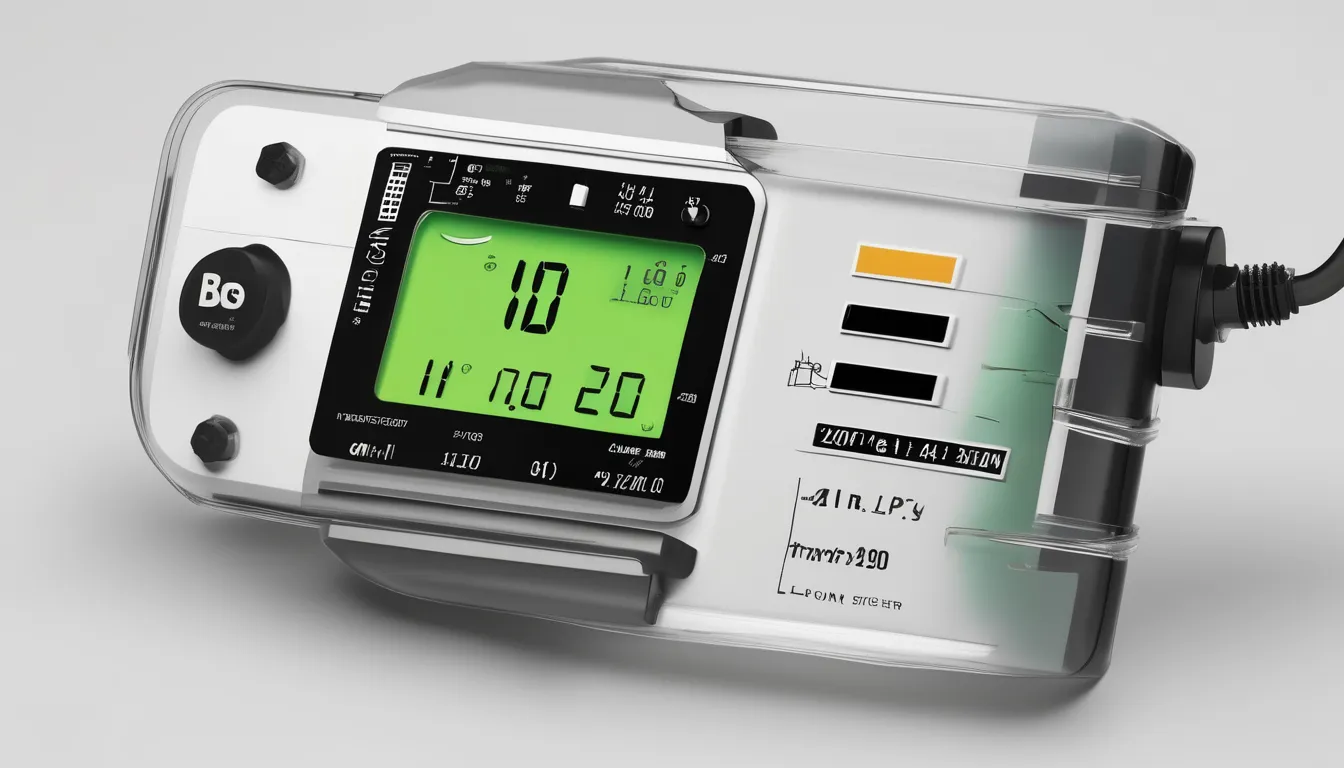You’ve likely seen them in TV shows and movies: sleek, high-tech devices that can detect even the smallest amounts of evidence at a crime scene. But how do forensic detectors really work in real life? These devices use advanced techniques like chromatography and spectroscopy to identify the chemical makeup of substances, helping investigators piece together the events surrounding a crime. But what exactly happens inside these devices, and how do they analyze the results? As you examine the inner workings of forensic detectors, you’ll begin to appreciate the complexity and sophistication of the science behind them.
Principles of Forensic Detection
In the world of forensic science, detection is key to solving crimes. You’re probably familiar with the concept of forensic detection, but have you ever stopped to think about what’s behind it?
At its core, forensic detection is about identifying and analyzing evidence to help investigators piece together the events surrounding a crime.
You’ll often find that forensic detection involves a combination of scientific principles and specialized equipment.
For example, forensic scientists use techniques like chromatography and spectroscopy to analyze the chemical makeup of evidence. These techniques allow them to identify the presence of specific substances, like DNA or narcotics, which can be crucial in building a case.
When you’re working with forensic detection, you’re essentially looking for patterns and connections between different pieces of evidence.
By analyzing these patterns, you can start to build a picture of what happened at a crime scene. It’s a meticulous process that requires attention to detail and a solid understanding of the underlying science.
Types of Forensic Detectors
Crime scene investigators rely on various types of forensic detectors to help them analyze evidence and piece together the events surrounding a crime. You’ll often see them using portable handheld detectors or larger, more complex systems that can be set up at the crime scene or in a lab.
One common type of detector is a presumptive test kit, which helps identify the presence of specific substances like narcotics, explosives, or bodily fluids.
These kits usually consist of a series of chemical tests that change color or react in some way when they come into contact with the target substance.
Another type of detector is a confirmatory test instrument, which provides more detailed information about the substance being analyzed.
Examples include gas chromatographs and mass spectrometers, which can identify the exact chemical composition of a substance.
You may also see specialized detectors designed to detect specific hazards, such as radiation or toxic gases.
These detectors play a critical role in keeping investigators safe while they work at the crime scene.
Detector Technology and Sensors
Detector Technology and Sensors
Several technologies power the detectors that aid forensic investigators. As you explore the intricacies of forensic detectors, understanding these technologies is crucial. One key component of forensic detectors is sensors. These sensors detect specific substances or properties, triggering a response that investigators can use to analyze a crime scene.
| Sensor Type | Description |
|---|---|
| Chemical Sensors | Detect specific chemicals, such as narcotics or explosives, using techniques like chromatography or spectroscopy. |
| Optical Sensors | Use light to detect properties like reflectance, fluorescence, or transmission, often used in fingerprint or DNA analysis. |
| Biological Sensors | Identify biological agents like bacteria, viruses, or toxins, commonly used in biohazard detection. |
When choosing a detector, it’s essential to consider the type of sensor and its capabilities. Different sensors are suited multi-gas meter various applications, and selecting the right one can significantly impact the effectiveness of the investigation. By understanding the technologies powering forensic detectors, you can better navigate the complex world of forensic analysis.
Real-World Applications and Uses
Across various fields, from law enforcement to homeland security, forensic detectors have proven invaluable in real-world applications. You often see them in action at crime scenes, airports, and border crossings.
They help you identify and analyze evidence, track down suspects, and prevent threats. For instance, explosives detectors are used to screen luggage and passengers at airports, while narcotics detectors help law enforcement agencies detect and seize illicit substances.
You also rely on forensic detectors in post-blast investigations, where they help identify the type of explosive used.
In addition, they play a crucial role in environmental monitoring, enabling you to detect pollutants in air, water, and soil. Forensic detectors are also used in the food industry to detect contaminants and ensure the safety of the food supply.
They help you analyze samples and identify potential health risks, making them an essential tool in maintaining public health and safety. By providing accurate and reliable results, forensic detectors help you make informed decisions in a wide range of situations.
Challenges in Detector Development
In the pursuit of creating more effective forensic detectors, you face numerous challenges that can hinder their development and implementation. One major challenge is the difficulty in replicating real-world scenarios in laboratory settings.
This makes it tough to predict how detectors will perform in actual crime scenes. You also have to deal with interference from various environmental factors, such as temperature, humidity, and background noise, which can impact the accuracy of the detectors.
Another significant challenge is the limited availability of funding and resources. Developing advanced detectors often requires significant investment in research, testing, and validation.
Furthermore, you need to ensure that the detectors meet strict regulations and standards, which can be a time-consuming and costly process. Additionally, advancements in technology can quickly make existing detectors obsolete, requiring constant updates and improvements.
Conclusion
Now that you’ve seen how forensic detectors work in real life, it’s clear they’re essential tools for investigators. By analyzing evidence and identifying patterns, these detectors help piece together the events surrounding a crime. As technology continues to advance, forensic detectors will only become more accurate and efficient, playing an even more critical role in solving crimes and bringing justice to victims and their families. Effective use of these detectors can mean the difference between a conviction and an acquittal.

